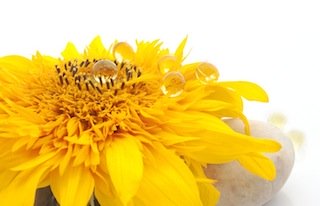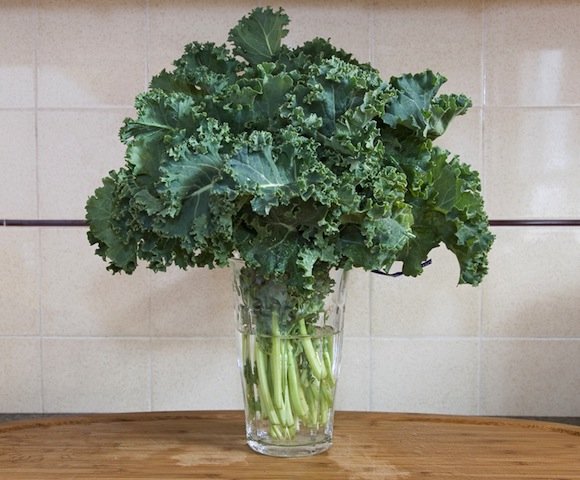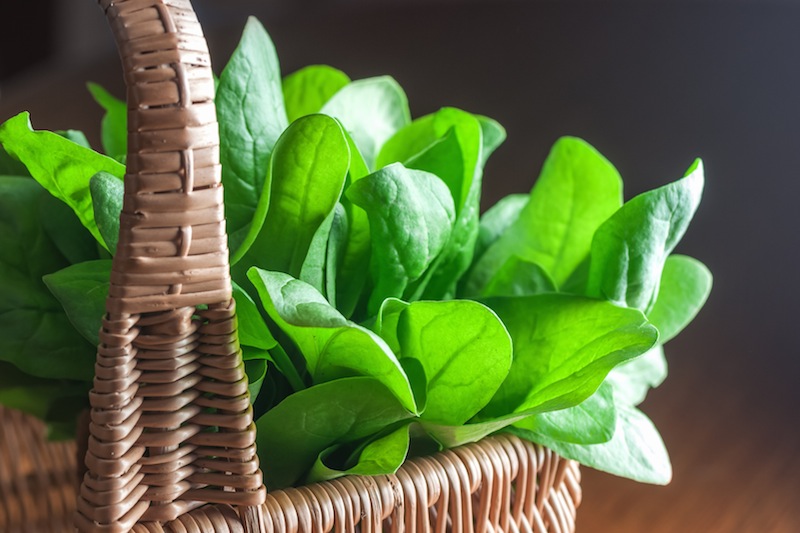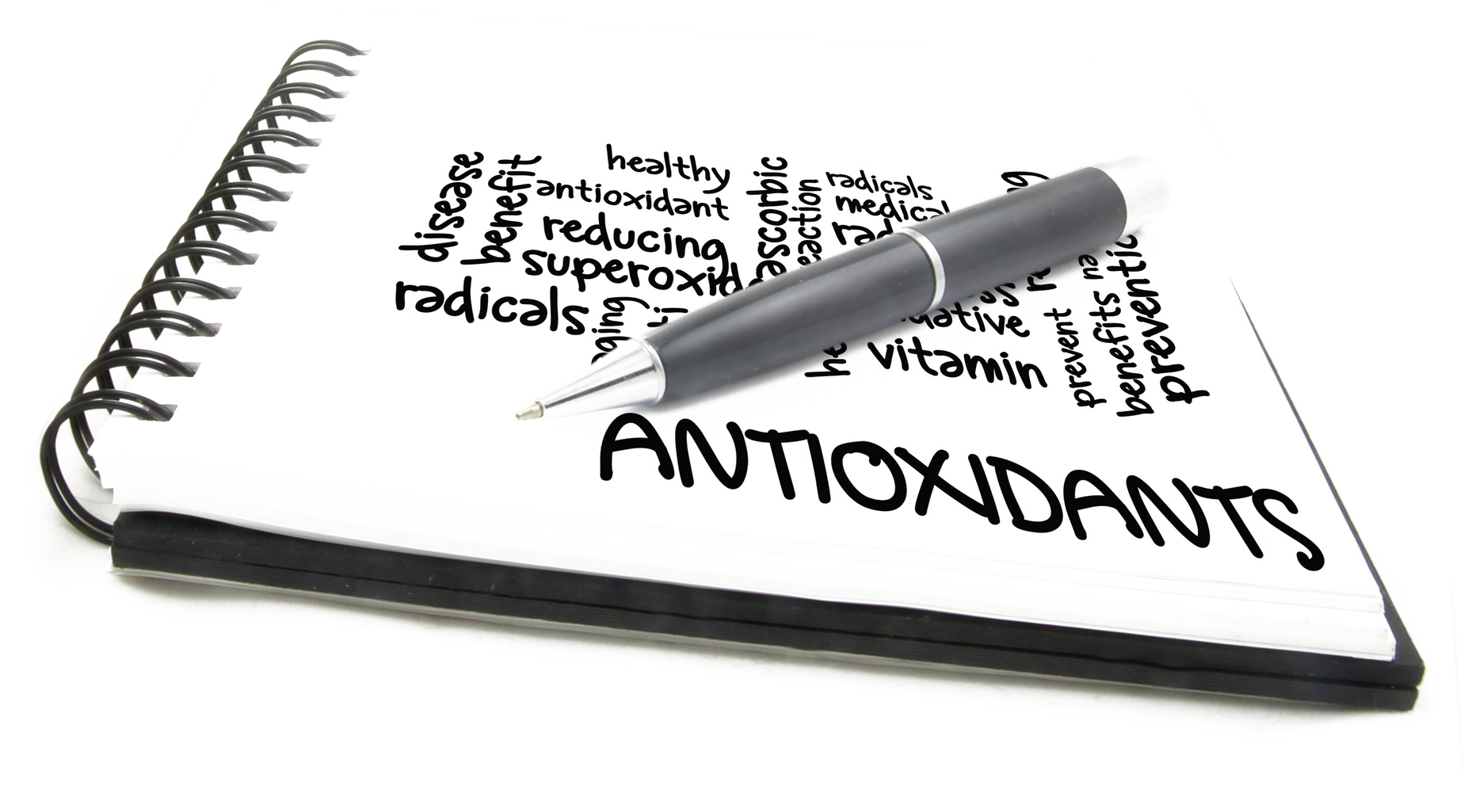Lutein For Healthy Eyes and Skin
 Marigold - Lutein rich
Marigold - Lutein richNutrient Family:
- Phytonutrient/Phytochemical
0 Sub-Group: Carotenoids
> Sub-category: Xanthophyl
> Color: Yellow to Orange-red
Lutein's Workings
Fat or Water Soluble Antioxidant:
- Fat Soluble
Since they are fat-soluble nutrient, Carotenoids such as Lutein, require the presence of dietary fat for proper absorption through the digestive tract. Consequently, your carotenoid status may be impaired by a diet that is :
- extremely low in fat
or,
- medical conditions that causes a reduction in the ability to absorb dietary fat such as :
§ pancreatic enzyme deficiency
§ Crohn's disease
§ celiac sprue
§ cystic fibrosis
§ surgical removal of part or all of the stomach, gall bladder disease
§ Liver disease.
Lutein appears to work in partnership with Zeaxanthin, another Carotenoid antioxidant, tackling the same health issues and performing similar functions.
Both are present in the eyes and skin.
In the eyes, they appear to exist in a certain ratio. The suggested ratio is 2:1 (Zeaxanthin to Lutein), for adults. Therefore, taking one carotenoid and not the other, may reduce their effectiveness as eye care. Additionally, taking them in the incorrect ratio will also reduce their effectiveness – such as, taking too much Lutein and not sufficient Zeaxanthin, the access Lutein is not absorbed by the eyes, as the ratio of Zeaxanthin to Lutein, in the eyes, has to be maintained.
Other functions besides being an antioxidant:
- Being yellow in color, it aids in the absorption of UV and the more damaging “blue light” that penetrates our eyes
Where Is Lutein Found Naturally?
It is found it
both plants and animals, however, even in animals, the lutein is derived from
plant foods.
Lutein is found in the human body:
- Eyes – in particular Retina and Macular areas of the eyes
- Skin
- Large Intestine (or Colon)
- Uterus
We are born with Lutein in our body but because our body does not produce lutein, we need to replenish the Lutein through foods and/or supplements.
 Kale - rich in lutein
Kale - rich in luteinExamples of food sources:
In plant foods : [Cite: Wikipedia]
Product Lutein/zeaxanthin (micrograms per hundred grams):
- Nasturtium (yellow flowers, lutein levels only) 45,000
- Kale (raw)
39,550
- Kale (cooked) 18,246
- Dandelion leaves (raw) 13,610
- Nasturtium(leaves, lutein levels only) 13,600
- Turnip greens(raw)
12,825
spinach (raw)
12,198
- Spinach (cooked) 11,308
- Swiss chard (raw or cooked) 11,000
- Turnip greens
(cooked)
8440
- Collard greens (cooked) 7694
- Watercress (raw) 5767
- Garden peas (raw)
2593
- Romaine lettuce 2312
- Zucchini 2125
- Brussels sprouts 1590
- Pistachio nuts
1205
- Broccoli 1121
- Carrot (cooked) 687
- Maize/corn 642
- Egg (hard boiled)
353
- Carrot(raw)
256
- Kiwifruit 122
In Zoochemicals:
- Egg yolks
- Chicken fat
The process of heat (from cooking or otherwise) can destroy the levels of Lutein in the foods.
 Spinach - Lutein Rich
Spinach - Lutein RichHealth Benefits of Lutein
Examples of the health benefits of Lutein:
- Lutein has been quoted to prevent or stop deterioration of Aged-Related Macular Degeneration (AMD) through its 2 folds functions:
o neutralizing the damaging effects of free radicals in the macular area
o Absorbing the UV and blue light, preventing the formation of free radicals caused by UV and blue light
- Where UV and blue light are not absorbed, they create free radicals that attack the eyes. Lutein works as an antioxidant to counter the effects of the free radicals. Free radicals can cause other eye diseases, such as:
o Cataract – free radicals damages the protein on the lens of the eyes
- It aids in skin health and skin healing
- Cancer prevention and fighter – such as colon cancer, uterus cancer
Use as Food Additive
As a food additive :
- E number E161b (INS number 161b)
o Extract of the petals of marigold (Tagetes erecta)
o Approved for use in the EU and Australia and New Zealand, but is banned in the USA.
Do you have a PASSION you want to share with the world??? What better exposure than the INTERNET?!!!
Want to consider?
Well, you will need a place to "host" (place) your site, then the tools to build, run as well as track the performance of your Masterpiece!
OR, if you already have a site, but find that you are paying too much for tools and apps to run and track your site ...
Here's an All-in-One Solution for you! Hosting, as well as Tools to build, run and track!
